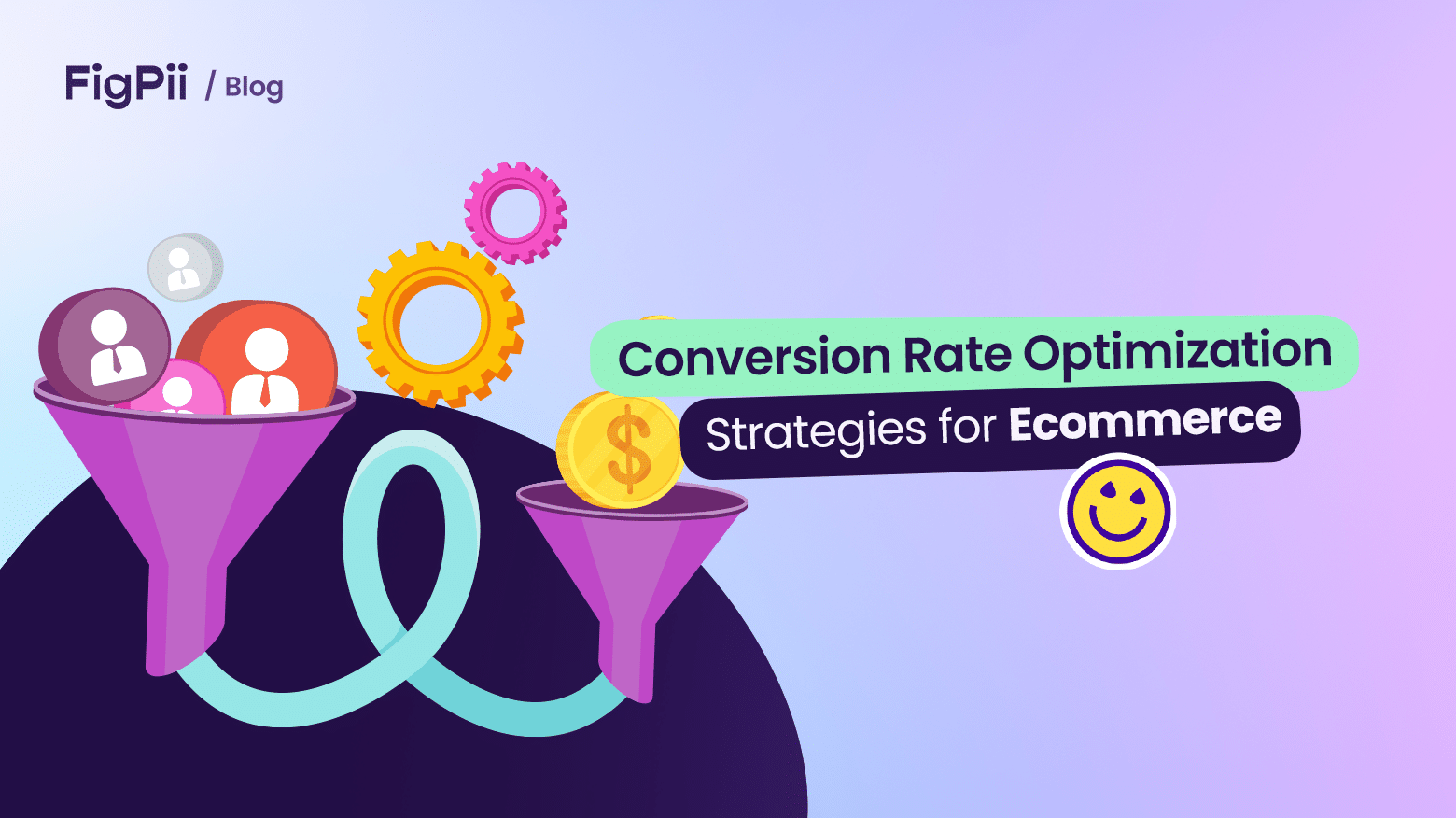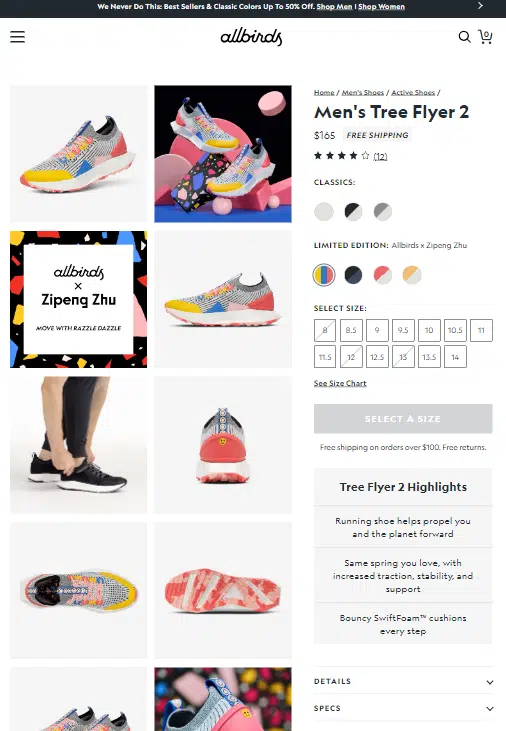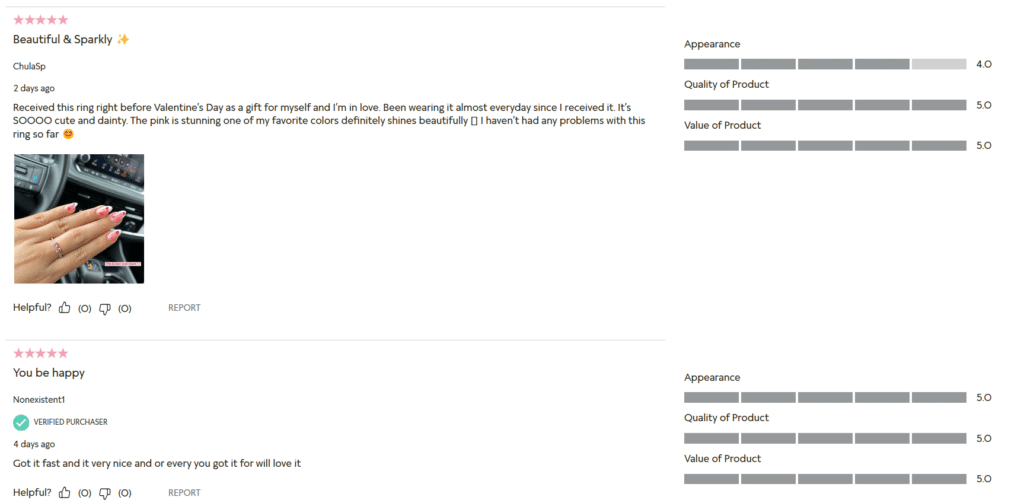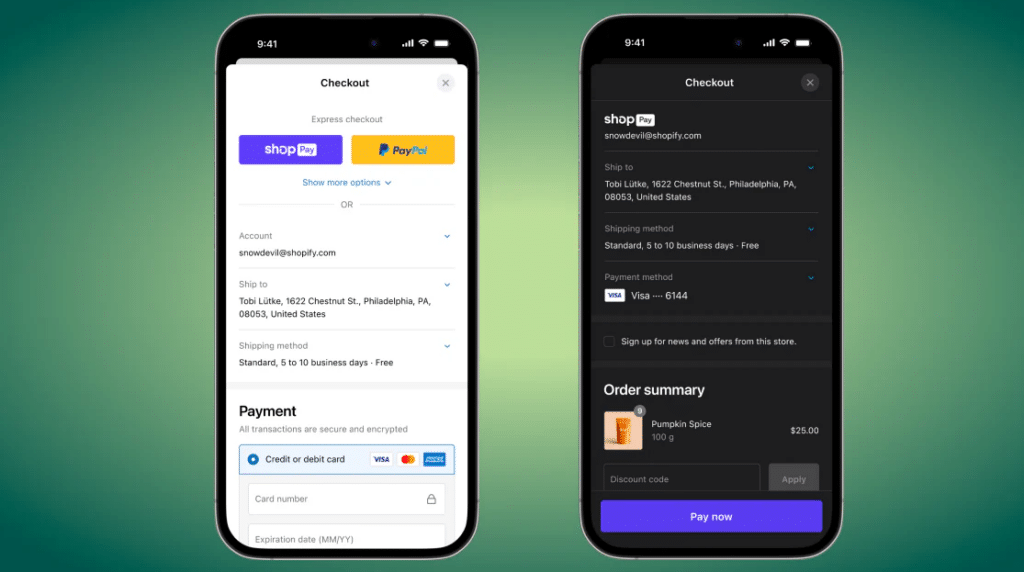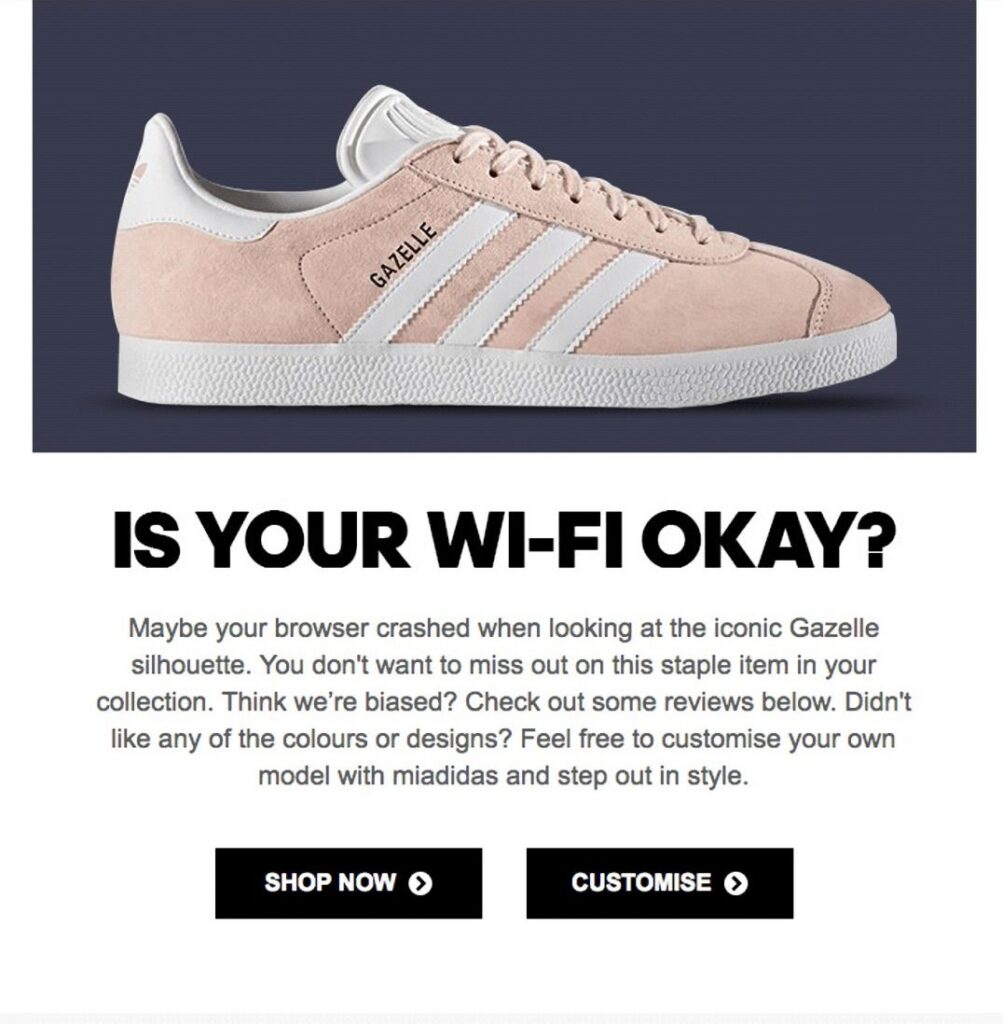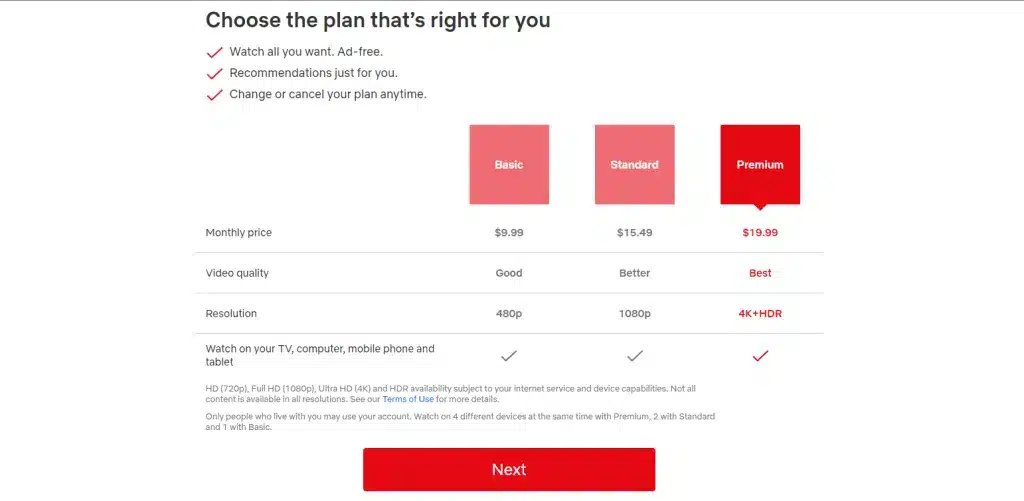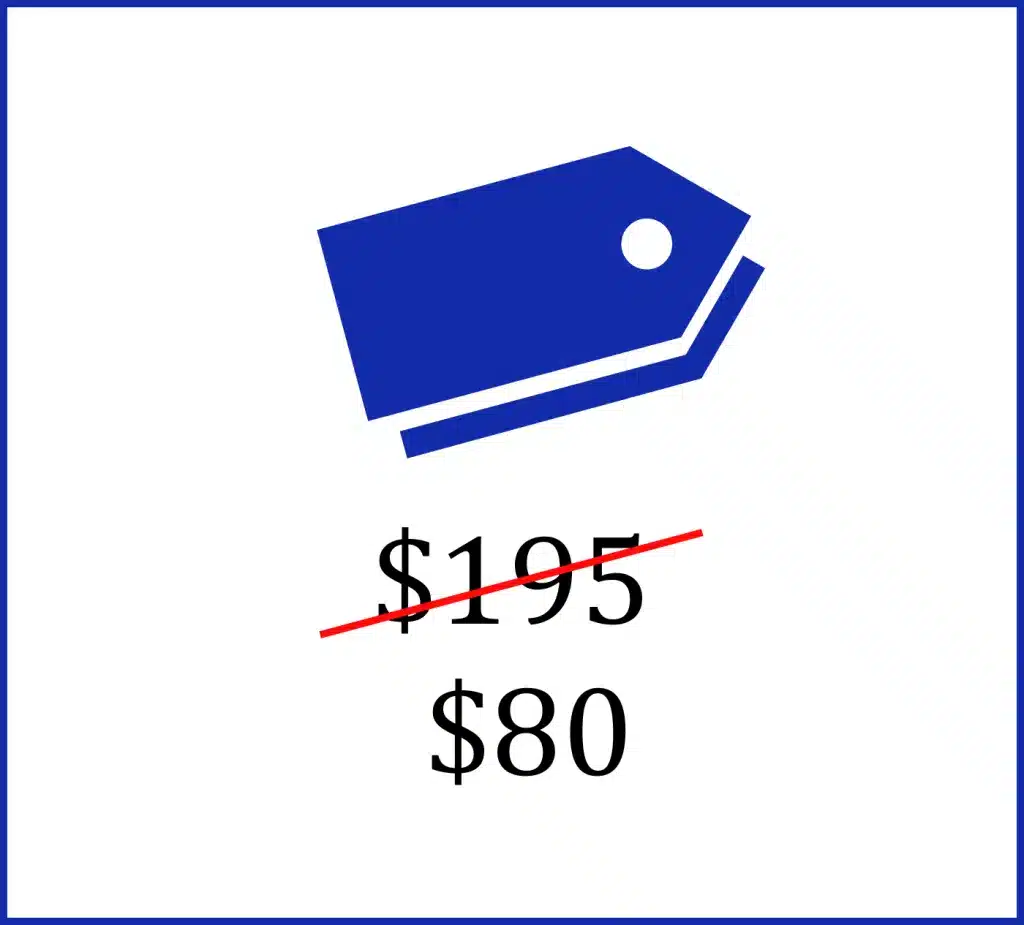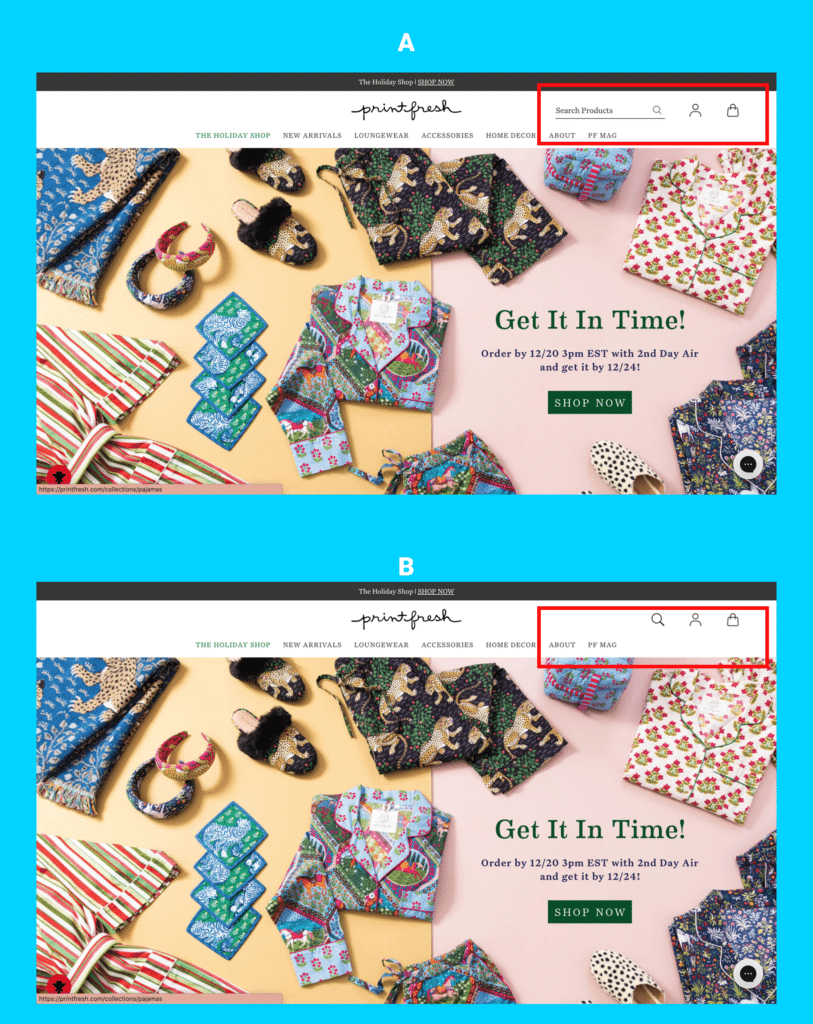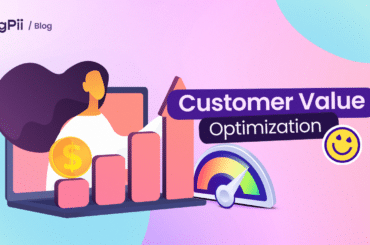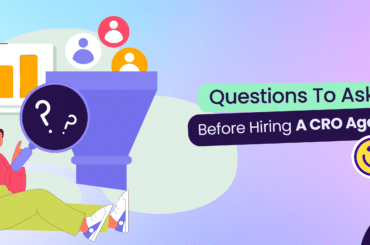The eCommerce industry is more competitive than ever. With millions of online stores vying for attention, driving traffic to your website isn’t enough. To stand out, you must optimize every aspect of the online experience to turn website visitors into loyal customers. This is where Conversion Rate Optimization comes in.
If you are reading this article, you are not new to CRO. By now, you also know that CRO isn’t just a nice-to-have; it’s an important component of sustainable growth.
This article explores 10 CRO strategies that go beyond basic tweaks. They are tailored for CRO experts, eCommerce business owners, and marketers already familiar with eCommerce optimization basics.
By the end, you’ll have actionable insights to boost conversions and stay ahead of the competition.
What are Conversion Rate Optimization Strategies?
A Conversion Rate Optimization strategy is a long-term, structured approach to improving how effectively your website turns visitors into customers.
Unlike CRO tactics, which are individual actions or techniques used to achieve short-term gains, CRO strategies focus on the bigger picture, incorporating multiple tactics to create sustainable improvements over time.
For example, personalization is a strategy, while A/B testing a product recommendation widget to see which version performs better is a tactic that supports that strategy.
The key difference is that strategies provide direction and a long-term framework, while tactics are the specific actions taken to execute that strategy. A well-defined CRO strategy guides decisions, ensuring that every optimization effort contributes to broader business goals rather than being a one-off fix.
Why CRO Matters for Ecommerce
Conversion Rate Optimization isn’t just about increasing sales; it’s about improving the customer journey so that each step leads them closer to making a purchase. Effective CRO has a significant impact on revenue and customer lifetime value.
For instance, imagine you have a conversion rate of 2% from 100 visitors, resulting in two sales. By increasing that rate to 3%, you’ve boosted your sales by 50%—all without driving more traffic.
Where to Implement CRO Strategies
To maximize the effectiveness of your CRO efforts, it’s crucial to focus on strategically important areas of your e-commerce site. Here’s how to implement the strategies discussed across various key pages:
-
Homepage
Your homepage is the first impression of your store—it should immediately communicate value and guide visitors toward relevant products.
A personalized experience can make all the difference. Use AI-powered recommendations to showcase products or offers based on each visitor’s behavior.
Highlight customer testimonials and press mentions to build trust upfront. Ensure your CTA is clear, compelling, and easy to find, leading visitors toward top categories or promotions.
-
Product Pages
Your product pages must eliminate uncertainty and drive action. Ensure high-quality images, videos, and detailed descriptions give customers a complete picture of what they’re buying.
Social proof is key—customer reviews and ratings help validate purchase decisions. If applicable, integrate Augmented Reality (AR) or product demos to provide a hands-on feel. And most importantly, your “Add to Cart” button should stand out—it should be easy to find and impossible to ignore.
-
Cart and Checkout Pages
The fewer steps between a customer and checkout, the higher the chance they’ll complete their purchase.
Streamline the checkout experience by removing unnecessary form fields, enabling guest checkout, and offering multiple payment options.
If a shopper hesitates, exit-intent popups with last-minute offers or free shipping can encourage them to complete their order. Trust elements like security badges, return policies, and estimated delivery dates should also be visible to reduce hesitation.
-
Post-Purchase Engagement
A sale shouldn’t be the end of the customer journey but the start of a long-term relationship.
Send thank-you emails with tailored product recommendations to encourage repeat purchases.
Ask for reviews or feedback to build credibility and improve your store.
Offer exclusive loyalty perks, referral discounts, or early access to new products to keep customers engaged and coming back.
-
Mobile Experience
Today, more people shop on their phones than ever before. Ensure your mobile site is fast, friendly, and easy to use. Keep forms short and sweet, and tap into autofill to speed things up. Run regular performance tests to ensure existing traffic isn’t bouncing due to slow load times.
-
Email and Retargeting Campaigns
Most visitors won’t buy on their first visit, which is why email and retargeting ads are critical for bringing them back.
Abandoned cart emails with personalized product recommendations and limited-time offers can recover lost sales.
Retargeting ads should be highly specific, reminding customers of the exact products they viewed or left behind.
Use Google Analytics and customer data to segment audiences and tailor messaging based on past interactions.
Conversion Rate Optimization Strategies Ecommerce Sites
Before we get into the details, let’s set the stage. Improving your e-commerce conversion rates requires strategic overhauls that touch every part of the conversion funnel.
Now, let’s examine the specifics of each approach and see how they can be applied to increase conversions.
-
Build a Data-Driven Personalization Strategy
Personalization has evolved beyond using a customer’s name in an email—it’s about creating an adaptive shopping experience that aligns with each visitor’s unique behaviors and needs.
A data-driven personalization strategy ensures that your store delivers relevant content, products, and promotions in real time based on user interactions.
How to execute this strategy:
- Use AI-powered recommendation engines to personalize product suggestions based on browsing history and purchase patterns.
- Segment customers dynamically based on real-time behaviors (e.g., first-time visitors, repeat buyers, high-value shoppers).
- Personalize homepage and product pages with banners and dynamic content that align with user preferences.
- Use targeted email campaigns that adapt messaging based on previous purchases and browsing history.
Personalization is an ongoing process—regularly analyze Google Analytics, session recordings, and heatmaps to refine how content, product recommendations, and offers are displayed.
-
Develop a High-Performing Product Page Strategy
Your product pages are where buying decisions happen. A strong product page strategy ensures that visitors have all the information and confidence they need to complete a purchase. This means focusing on clarity, persuasion, and trust signals across all product listings.
How to execute this strategy:
- Standardize product pages with high-quality images, clear descriptions, and video demonstrations.
- Incorporate social proof by showcasing verified customer reviews, testimonials, and user-generated content.
- Highlight trust signals such as free shipping, return policies, and secure payment badges.
- Ensure clear, action-driven CTAs that make it easy for shoppers to proceed with their purchase.
Review analytics to track engagement on product pages and optimize underperforming elements regularly.
-
Optimize and Simplify Your Conversion Funnel
A successful conversion funnel is frictionless, intuitive, and designed to guide users effortlessly from discovery to checkout. A conversion funnel optimization strategy identifies weak points in your sales process and eliminates unnecessary barriers that could lead to drop-offs.
How to execute this strategy:
- Map out the full customer journey from the landing page to checkout and identify friction points.
- Use heatmaps and session recordings to analyze user behavior and refine each stage of the funnel.
- Simplify navigation by removing unnecessary clicks and streamlining the checkout process.
- Ensure messaging and CTAs remain consistent throughout the entire funnel.
CRO is an ongoing process—continuously testing and refining your conversion funnel ensures that it remains optimized for changing user behavior.
-
Strengthen Mobile-First Optimization for Long-Term Growth
With most eCommerce traffic coming from mobile, your CRO strategy should prioritize a mobile-first experience.
Many businesses treat mobile as an afterthought, leading to clunky navigation and frustrating checkout flows.
How to execute this strategy:
- Use a responsive, mobile-first design that adapts seamlessly across screen sizes.
- Optimize checkout for mobile users with autofill, express checkout, and one-tap payment options (Google Pay, Apple Pay).
- Reduce page load times by compressing images, minimizing scripts, and leveraging caching.
- Simplify forms and buttons to make navigation smooth on smaller screens.
Regular usability testing on different devices helps identify pain points and ensures mobile optimization remains a priority.
-
Use Behavioral Retargeting to Bring Back Lost Visitors
Most visitors don’t convert on their first visit, but that doesn’t mean they’re lost forever. Behavioral retargeting ensures you stay connected with potential customers through personalized ads and email sequences.
How to execute this strategy:
- Segment audiences based on behavior (cart abandoners, product page viewers, past purchasers).
- Use dynamic retargeting ads to show visitors the exact products they viewed.
- Leverage email remarketing with personalized discounts and reminders.
- Time follow-ups strategically to avoid overwhelming users while keeping your store top-of-mind.
Retargeting should feel natural, not intrusive—focus on adding value rather than pushing sales aggressively.
-
Develop a Strategic Pricing and Offers Framework
Your pricing strategy should be data-driven and psychologically optimized to maximize both conversions and profitability. A strong pricing model encourages purchasing decisions while maintaining perceived value.
How to execute this strategy:
- Test psychological pricing tactics such as charm pricing ($9.99 vs. $10), bundle discounts, and tiered pricing.
- Create strategic discounts that reward repeat customers or encourage bulk purchases.
- Use urgency selectively, such as limited-time promotions or low-stock indicators.
- Regularly analyze pricing trends in your industry to stay competitive.
Your pricing strategy should evolve based on demand, seasonality, and customer purchasing behavior.
-
Implement a Continuous A/B Testing Strategy
A/B testing should be systematic and data-driven, not random experiments. A structured testing roadmap ensures that every optimization is based on real user behavior.
How to execute this strategy:
- Prioritize high-impact tests on CTAs, checkout processes, and product page elements.
- Ensure proper test durations to reach statistical significance before drawing conclusions.
- Analyze test results with data rather than assumptions.
- Document successful experiments and apply insights to other areas of the site.
A/B testing is not a one-time effort—it’s a long-term approach to continuously refining your website’s conversion rate.
-
Build an Effective Post-Purchase Engagement Strategy
The customer journey doesn’t end after checkout. A post-purchase engagement strategy focuses on retention and long-term customer value.
How to execute this strategy:
- Send personalized thank-you emails with product recommendations.
- Offer loyalty incentives or discounts for repeat purchases.
- Encourage customers to leave reviews by incentivizing feedback.
- Use post-purchase surveys to understand customer experience and improve processes.
By focusing on customer lifetime value (CLV), you ensure higher retention and repeat purchases over time.
-
Implement a Long-Term Content and SEO Strategy for CRO
SEO and content marketing should support CRO, not just drive traffic. A well-structured content strategy guides visitors towards meaningful actions.
How to execute this strategy:
- Create conversion-optimized landing pages tailored to different customer segments.
- Use SEO-driven blog content that links to relevant product pages.
- Regularly update content to keep it aligned with search intent and conversion goals.
- Optimize category pages for both SEO and user experience.
Content marketing should educate, engage, and convert visitors, making it an integral part of CRO.
-
Enhance Trust and Credibility Throughout the Buying Journey
Shoppers need to trust your store before they feel comfortable making a purchase. A strong trust-building strategy reinforces credibility at every touchpoint.
How to execute this strategy:
- Showcase customer testimonials and real reviews on product pages.
- Use security badges and clear return policies to reassure hesitant buyers.
- Maintain consistency across landing pages, ads, and checkout pages.
- Avoid misleading claims—be transparent with pricing, fees, and shipping policies.
Long-term success in eCommerce depends on building trust—without it, even the best CRO efforts will fail.
Final Thoughts
From leveraging AI-powered personalization to implementing robust retargeting campaigns, the strategies outlined in this article can help you turn more visitors into loyal customers.
The key to success is continuous testing and optimization. Start by implementing one or two of these strategies, measure their impact, and refine your approach based on the results.
CRO Strategies for Ecommerce FAQs
What is a CRO strategy?
A CRO strategy is a plan to improve your website’s performance and increase the percentage of visitors who take a desired action, such as making a purchase or signing up for a newsletter.
What is CRO in business strategy?
In business strategy, CRO refers to optimizing a website or digital assets to maximize conversions, which ultimately drives revenue and growth.
How to create a CRO strategy?
To create a CRO strategy, start by analyzing your website’s performance, identifying areas for improvement, and setting clear goals. Use tools like heatmaps, A/B testing, and customer feedback to guide your efforts.
What are CRO initiatives?
CRO initiatives are specific actions or projects that aim to improve conversion rates. Examples include optimizing product pages, implementing exit-intent popups, and running retargeting campaigns.

